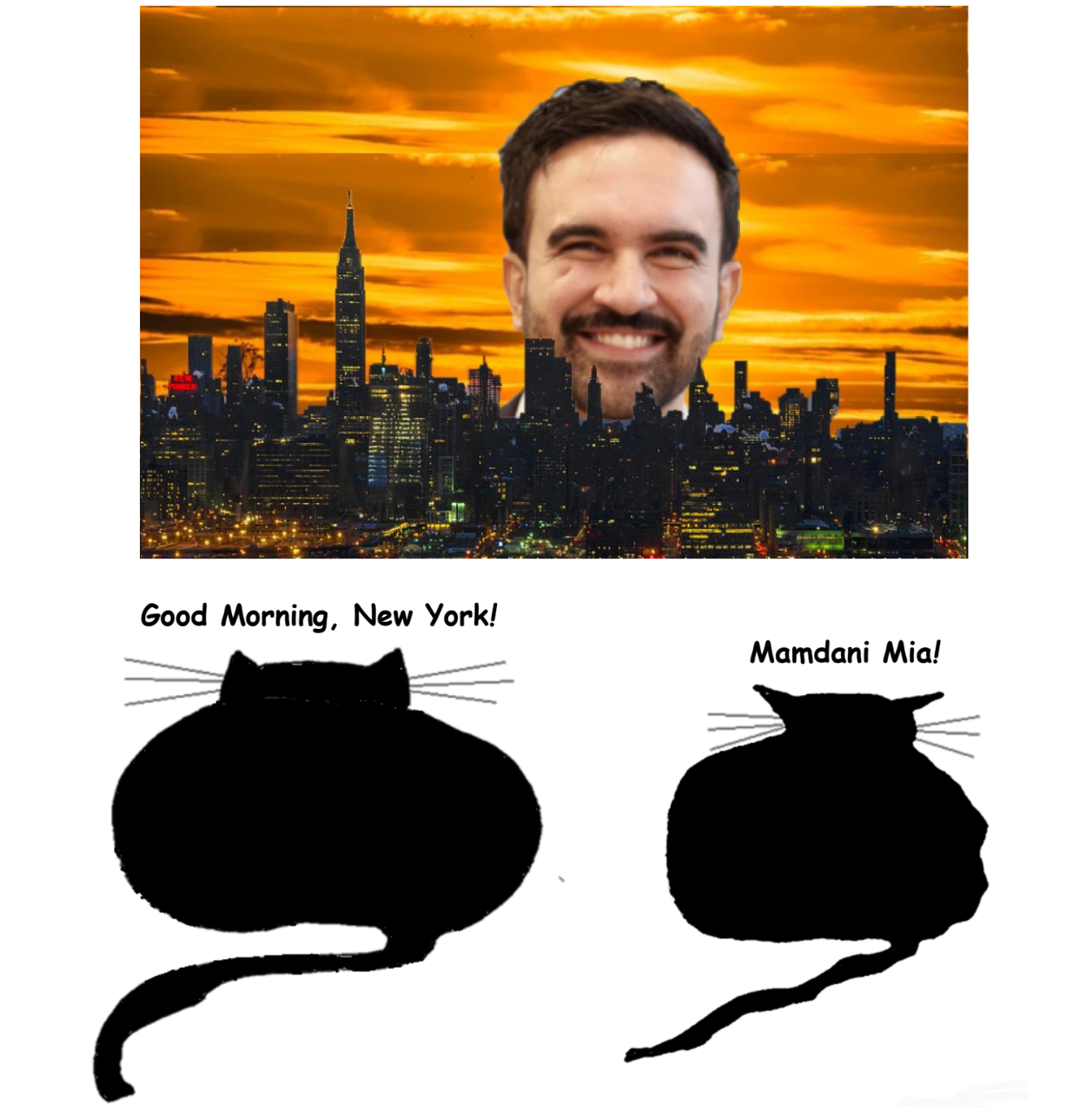by Muhammad Aurangzeb Ahmad

Every civilization eventually reaches the edge of its own understanding. The Enlightenment, which was basically a grand project of faith in reason, sought to replace the mysteries of revelation with the lucidity of thought. It promised that disciplined rationality could illuminate every corner of existence. It was thought that that through observation, experiment, and the methodical accumulation of knowledge, humanity could build a transparent world where nothing remained obscure. Knowledge would rise like light refracted through a cathedral of glass, cleansing superstition and disorder. Yet this grand confidence carried within it the seed of its undoing. The very tools of reason that once liberated humankind also revealed the boundaries of comprehension. The Enlightenment’s most profound legacy was perhaps not infinite clarity but the realization that even reason has horizons it cannot cross. By the twentieth century, the dream of total understanding had hardened into the austere project of formalized mathematics, symbolic logic, and mechanical computation. It finally fell crumbling down. It was a quest to capture truth in the language of machines, and in doing so, to continue the Enlightenment by other means.
Let us begin with Leibniz, who envisioned a future in which every disagreement could be settled through calculation. “Let us compute,” he declared, envisioning a characteristica universalis, a universal language in which thought itself could be reduced to algebraic precision. For him, reason was not merely a human faculty but an architecture of truth. It was a divine syntax underlying the cosmos. Through rational analysis, Leibniz believed, everything from theology to mechanics could be rendered transparent. This was the audacious spirit of the Enlightenment i.e., the conviction that the world, properly translated into the language of reason, would yield its secrets without remainder. Immanuel Kant inherited this dream and showed that reason, while vast, is not infinite, that it generates its own horizon. The limits of reason, Kant wrote, are not defects but conditions of possibility. He thought that we can never know the thing-in-itself (das Ding an sich). This is because knowledge is not a mirror but a creative act, shaping the appearances it seeks to understand. Where Leibniz saw the universe as a divine calculus, Kant saw it as a theater of understanding. The world was ordered by this understanding not by the world as it is, but by the mind that apprehends it. Rousseau afterwards even questioned whether the march of reason brought progress or alienation, warning that civilization’s rational order might enslave rather than liberate.
Enlightenment’s faith endured in science and in the dream that the human mind, through the right method, might still one day comprehend the whole. Read more »

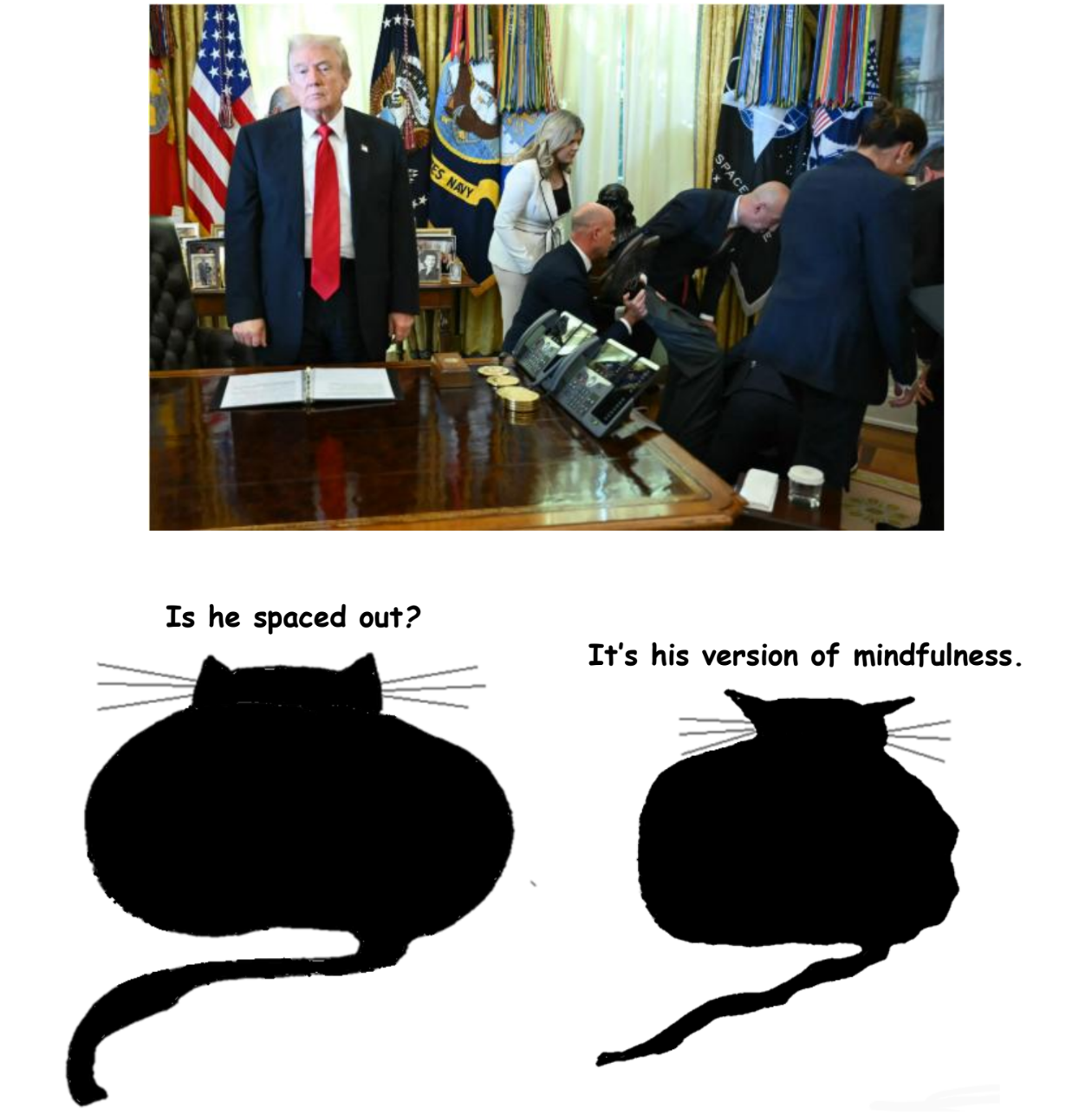
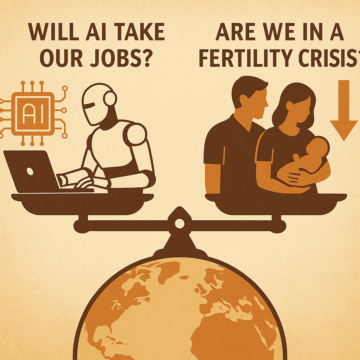 The question of the day on everyone’s minds is whether AI is a boom or a bust. But if we lift our eyes ever so slightly from the question of the day and look at the bigger picture, two bigger questions come into view.
The question of the day on everyone’s minds is whether AI is a boom or a bust. But if we lift our eyes ever so slightly from the question of the day and look at the bigger picture, two bigger questions come into view. In Arabic, the word
In Arabic, the word 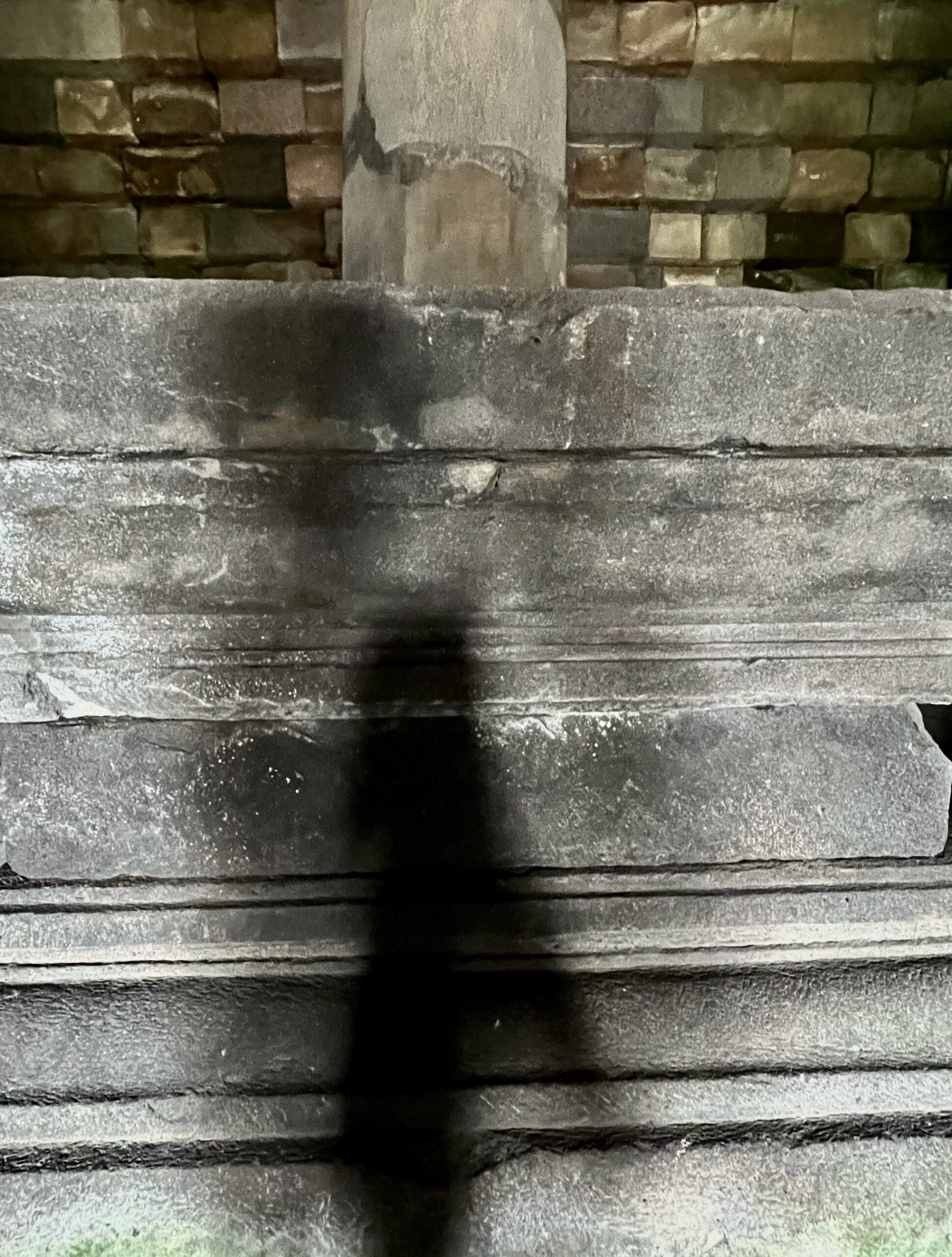 Sughra Raza. Self-portrait in Temple, Jogjakarta, Indonesia, October 2025.
Sughra Raza. Self-portrait in Temple, Jogjakarta, Indonesia, October 2025.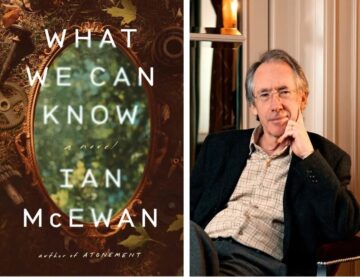

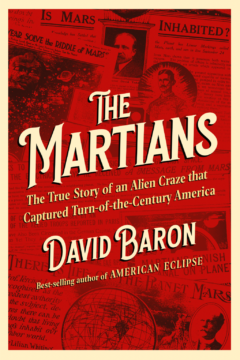


 There can have been very few musicians who played such key roles, in so many different bands in so many different genres, as Danny Thompson. When he died at 86 in September, music lost one of its great connectors.
There can have been very few musicians who played such key roles, in so many different bands in so many different genres, as Danny Thompson. When he died at 86 in September, music lost one of its great connectors. Language: Ooh, a talkie!
Language: Ooh, a talkie! There are contradicting views and explanations of what dopamine is and does and how much we can intentionally affect it. However, the commonly heard notions of scrolling for dopamine hits, detoxing from dopamine, dopamine drains, and
There are contradicting views and explanations of what dopamine is and does and how much we can intentionally affect it. However, the commonly heard notions of scrolling for dopamine hits, detoxing from dopamine, dopamine drains, and 

 When you walk through the gates to enter the B-52 Victory Museum in Hanoi, you immediately find the wreckage of what has been one of the most terrifying machines ever built: an American Boeing B-52 Stratofortress. Apparently, this wreckage largely came from Nixon and Kissinger’s “Christmas Bombings” of 1972.
When you walk through the gates to enter the B-52 Victory Museum in Hanoi, you immediately find the wreckage of what has been one of the most terrifying machines ever built: an American Boeing B-52 Stratofortress. Apparently, this wreckage largely came from Nixon and Kissinger’s “Christmas Bombings” of 1972.

 Throughout most of the UK (Northern Ireland is
Throughout most of the UK (Northern Ireland is 